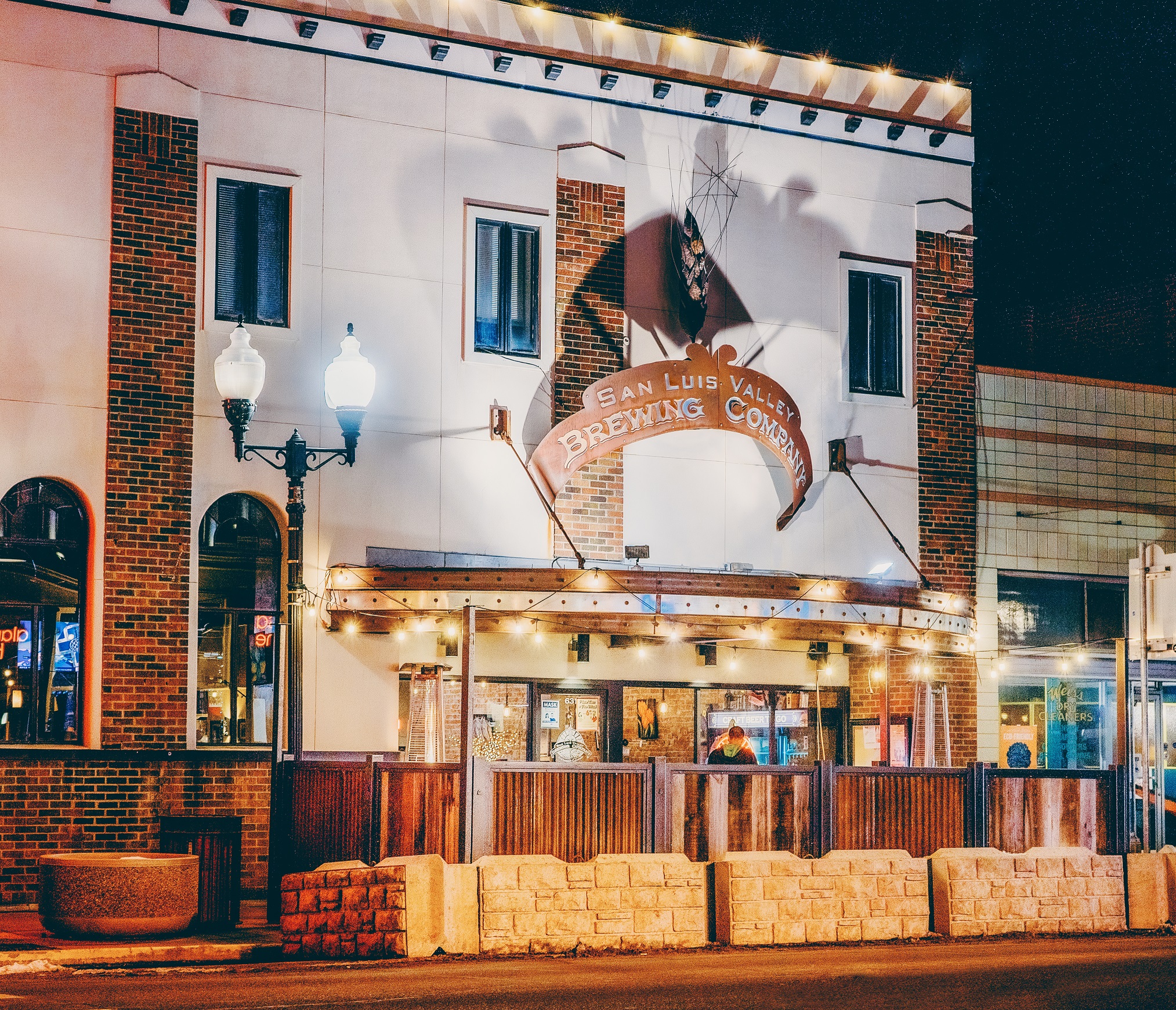
Post-pandemic, people want to see outdoor dining and parklets continue. Does it make sense for cities to buy parklets for their downtowns? This simple model can help you understand the fiscal impacts of that decision.
During the pandemic, many communities allowed their local restaurants and retailers to expand on public streets. This response was very popular, and many want to see it continue. A recent survey by the National Restaurant Association found that 84% of all respondents want to continue on-street dining post-pandemic. The strongest outdoor dining use came from younger generations, those with children, and those making more than $100,000 per year. Another survey by the International Downtown Association found similar results, with most respondents wanting to see outdoor dining continue permanently or seasonally.
Some towns and cities are already starting to provide multi-year, on-street options for retail. With strong public support other towns will likely follow in the years ahead. Different models exist for on-street dining, with some places permitting the private sector to lead (particularly bigger cities), and others purchasing parklets directly (oftentimes suburbs or smaller towns).
There is a case to be made for towns or downtown associations to buy parklets. First, well-made parklets can be expensive, and small local restaurants may not be able to afford them. Second, your town may desire a more unified look, or standardized design, safety, and accessibility. Finally, parking spots are public space: why shouldn’t a town or city at least consider parklets occupying those spaces as a community asset too?
The fiscal impacts of such a purchase are a key consideration. To help evaluate this, I have put together a simple model that can show the financial costs and benefits of buying a parklet.
The model only requires a few basic inputs:
- Does your town have paid parking meters and if so, how many do you own?
- How much revenue did you earn from these parking meters?
- What is your town’s sales tax rate?
- How many months each year will on-street dining be allowed?
- What lease rate would you like to charge, if any, for using a community-owned parklet?
- Finally, what size parklet will you purchase, and how much will it cost?
With these inputs, the model can estimate the value of converting one parking space (typically 8 or 10 feet wide, and 20 feet long) into a parklet for outdoor dining. It will show you how much revenue your town is making now from the parking spot, how much money you will make if the space becomes a parklet, and what the difference would be over a 15-year period. It also shows how long it would take for your town to earn the money back that it plans to spend on the parklet.
You can also change other inputs to see if your purchase makes sense under different assumptions. You can look at different sizes or costs of the parklets, the number of years the parking spot would be converted, assumptions about revenue from dining, and discount rates that impact the long-term return on your investment.
Not every parking space can become a parklet. For those that can be repurposed, though, for other uses, this model will help you look at the financial benefits if you wish to consider parklets as part of your planning to re-adapt your “horizontal space” (streets) for a more pedestrian and experiential feel.
If you are interested in learning more, please contact me at roger@modstreet.co and I’d be happy to provide you a copy, walk you through the assumptions and output, and customize it for your community or organization.
Roger Zalneraitis is the CEO of MODSTREET, a start-up modular parklet manufacturer that seeks to help communities reimagine and revitalize their neighborhood and town centers. Prior to this, Roger worked for over 15 years in nonprofit and public sector economic development. In these roles, he developed a variety of financial and forecasting models for communities, such as a cost-benefit model to evaluate incentive proposals, housing forecasts, and econometric studies to identify the drivers of tax revenues and private sector earnings. Roger holds a Bachelors Degree in Economics from the University of Notre Dame, and a Masters Degree in Urban Planning from Virginia Tech.
Connect with MODSTREET on Facebook, Instagram, Twitter, or LinkedIn.
